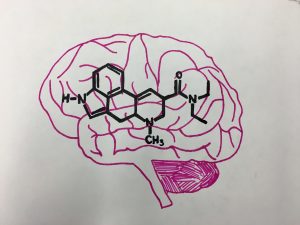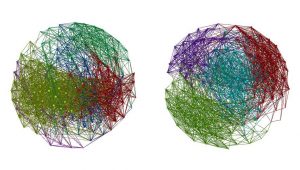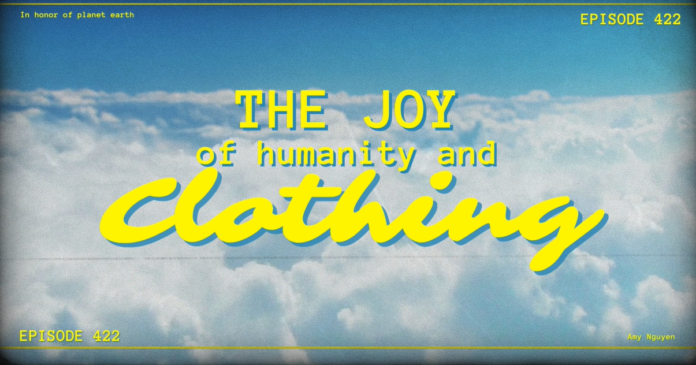Studies at the forefront of treating an array of neurological disorders are beginning to utilize an interesting choice of drugs as treatments: psychedelics. Researchers use a technique called microdosing with hallucinogenic drugs such as psilocybin, mescaline, and LSD to achieve desired responses for a variety of different disorders.
In people with depression, anxiety, or a combination of the two, experimental studies have been performed by administering psilocybin in a controlled setting, in effort to help the patient feel more connected to themselves and the world around them. Given that recreational users of psilocybin report having spiritual experiences and feeling connected to a higher power, it would stand to reason that, if the trip was a positive experience for medical users, there would be a greater level of connection to external stimuli and a decreased level of depression and anxiety– which was exactly what happened in a significant number of the trials.

In a different realm, LSD has been used as controversial “treatment” for people with schizophrenia who experience visual or auditory hallucinations. Almost counterintuitive, right? Think of it in comparison to how Adderall or Ritalin works to help people with ADHD. When a person experiences a lack of focus due to intermittent hyperactivity, they are prescribed a stimulant– yes, a stimulant– that raises the dopamine levels in the brain to a consistent level, thereby omitting the ups and downs that cause attention problems. This is similar to the effects of microdosing LSD to a person with schizophrenia: by elevating their dopamine levels to a consistent level so the brain doesn’t “panic” in a sense, and spontaneously leap into hallucinations when it receives a massive influx of dopamine in its synapses. While the credibility of the experiment is limited, it is believed that the leveling of neurotransmitter can help to silence the excess noise in the brain caused by hallucinations.
Perhaps the most controversial trials for using hallucinogenics is in people with autism. Behavioral psychologists have previously taken to viewing autism as a disorder of self: people on the autism spectrum have some degree of difficulty connecting emotions to personal or interpersonal relationships, thus making it harder to comprehend others’ experiences. Because of the properties of psilocybin, LSD and mescaline that allow a person to make connections they traditionally do not make. The drugs simulate the neurological condition called synesthesia (where the brain has “crossed wires,” causing people to, for example, see colored shapes with certain noises, or taste colors associated with different foods) and thus introduces the ability of the brain to make connections that it previously may not have been able to comprehend. Between the development of neural connections and the feeling of oneness with the world, researchers hope to pioneer trials using these hallucinogenics as part of therapy treatments for people with autism.

Obviously all the trials that have been done thus far have been limited in participants and resources, given that psychedelics and hallucinogenics are illegal in the United States and therefore very difficult to obtain clearance to run trials. However, the limited results seem promising. Several studies have had success in patients with depression, opiate addiction, alcoholism, and schizophrenia. Assuming that further testing can be performed in the foreseeable future, it is possible that we will have a new drug therapy option for some of the most challenging and prevalent neurological disorders.
References:
Ananthaswamy, Anil. The Man Who Wasn’t There. Penguin Random House, 2015.
Andrew, Danielle. “Psychedelics Could Be The Cutting-Edge Treatment We’ve Been Ignoring For Half A Century.” IFLScience, IFLScience, 13 Sept. 2017, www.iflscience.com/health-and-medicine/psychedelics-could-be-the-cuttingedge-treatment-weve-been-ignoring-for-half-a-century/.
Costandi, Moheb. “Psychedelic Drugs Return as Potential Treatments for Mental Illness | Moheb Costandi.” The Guardian, Guardian News and Media, 1 Sept. 2010, www.theguardian.com/science/blog/2010/sep/01/psychedelic-drugs-mental-illness.
Fisher, Gary. “Successful Outcome of a Single LSD Treatment in a Chronically Dysfunctional Man.” Successful Outcome of a Single LSD Treatment in a Chronically Dysfunctional Man, Bulletin of the Multidisciplinary Association for Psychedelic Studies, www.maps.org/news-letters/v09n2/09211fis.html.
Nye, Catrin. “Microdosing: The People Taking LSD with Their Breakfast.” BBC News, BBC, 10 Apr. 2017, www.bbc.com/news/health-39516345.
“Rapid and Sustained Symptom Reduction Following Psilocybin Treatment for Anxiety and Depression in Patients with Life-Threatening Cancer: a Randomized Controlled Trial.” Journal of Psychopharmacology, journals.sagepub.com/doi/full/10.1177/0269881116675512.
